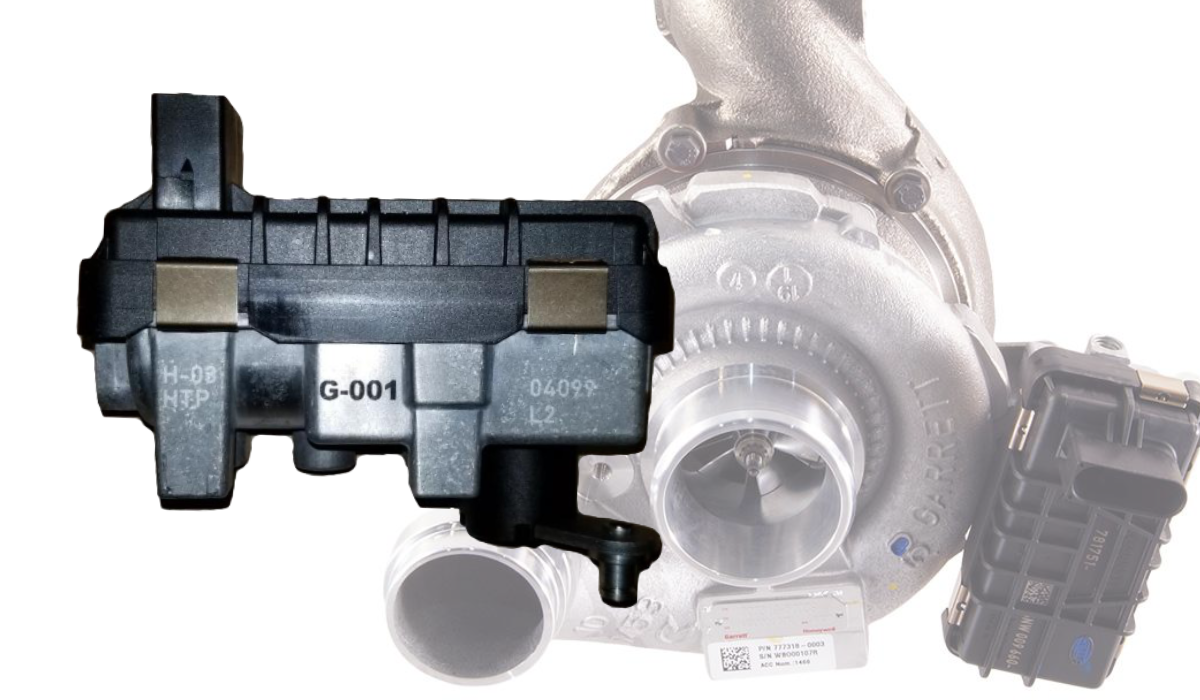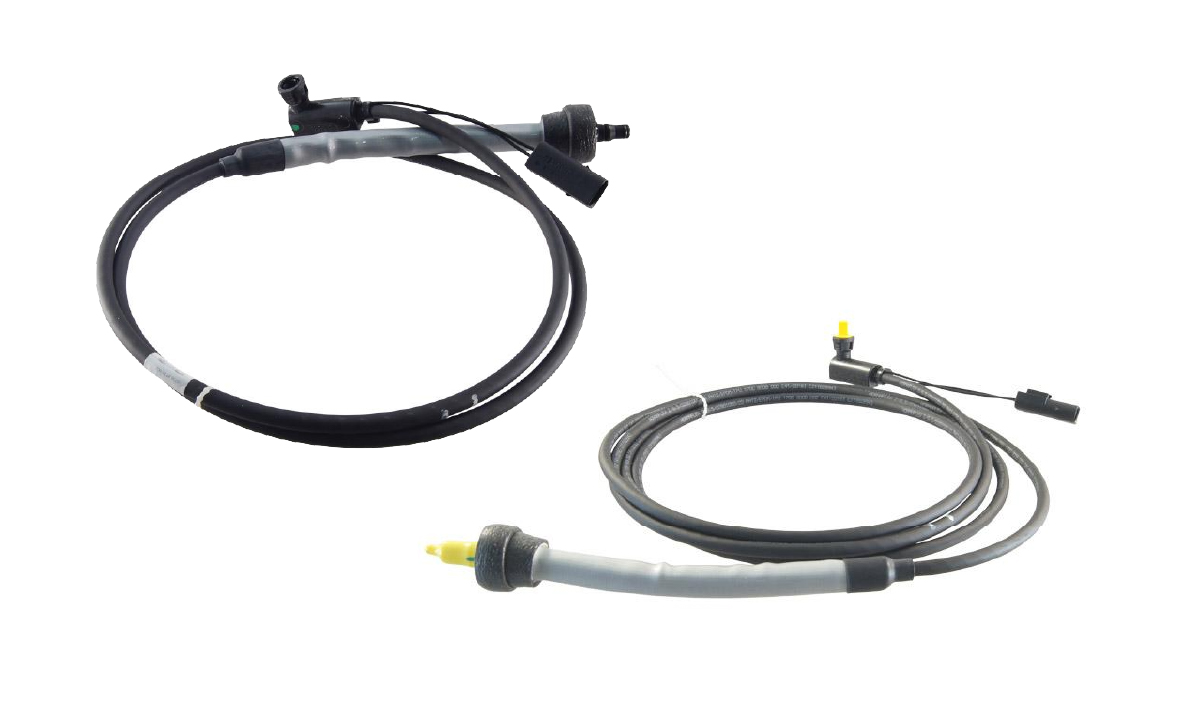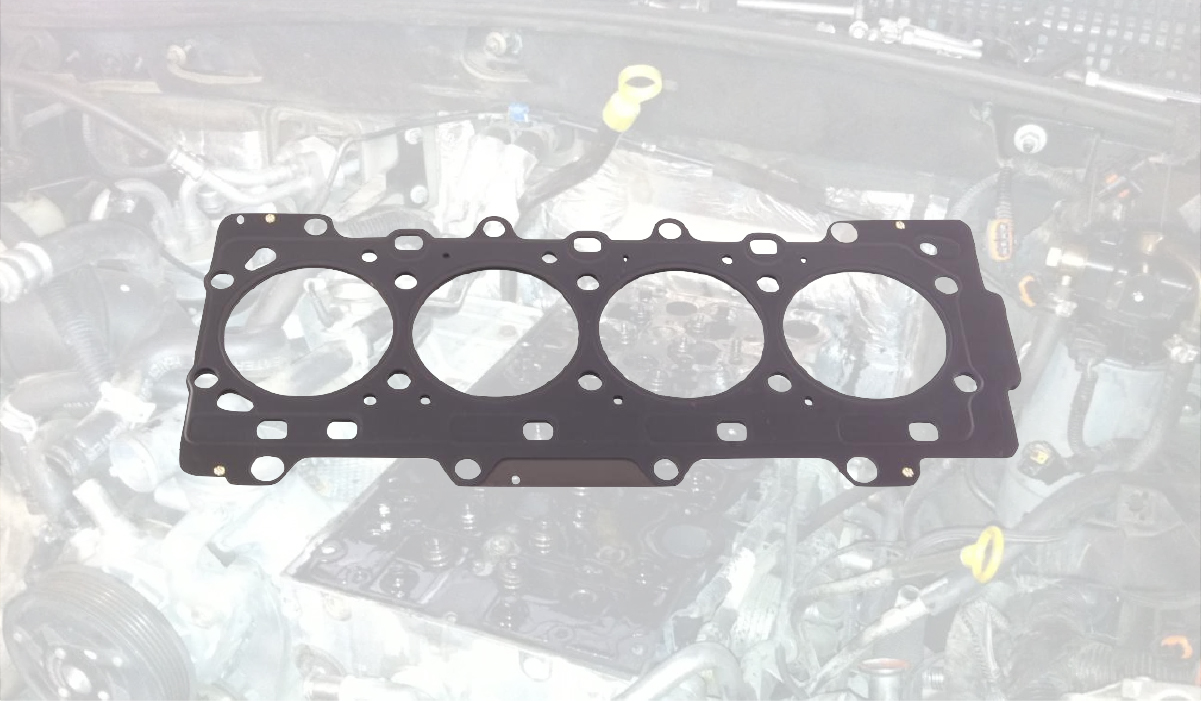There have been a few threads asking about the G28 sensor on the common-rail cars but there wasn’t really any straightforward information about it. I just had to replace one on a 2010 and thought I’d share my experience.
Sensor Location
The sensor is actually bolted on to the rear main seal. The rear main seal has a tone-ring built into it and the crankshaft position sensor reads that ring.
(This also means that the rear main seal must installed properly timed, see other thread for rear main information)
Factory Method
There is a hole in the block just behind the oil filter flange where this sensor and connector are located. The factory method suggests removing the oil filter flange, including the cooler, to access the sensor.
Removing the oil filter flange requires removing most of the intake parts, including the EGR & air flap plus hard boost pipe. You also need to disconnect the turbocharger oil feed line. Plus, you’ll need to drain (or evacuate) the oil filter flange itself before removing it to limit the amount of oil that is spilled. Once you remove the flange you will still lose 1/4-1/2 gallon of oil.
This is the image of the sensor in the FSM.

This image is NOT realistic. This is what is looks like in real life after you take off the filter flange + everything else that is in the way, which on a common-rail is a lot of stuff.

Further complicating the issue is that getting to the screw is not a straight shot, requiring a ball-head allen. The bolt is most likely going to have corrosion or debris in it, limiting the ability of the bit to get a good hold on the bolt.
Remove the Transmission Instead
After spending 4 hours getting to the sensor and trying to a bit into the bolt I was still not successful and looked for alternative options. It occurred to me that pulling the transmission would give direct access to the rear main seal and sensor.
After removing the transmission, clutch & flywheel things look like this:
 Here you can easily get to the bolt with a 1/4 drive racket and 4mm allen bit.
Here you can easily get to the bolt with a 1/4 drive racket and 4mm allen bit.
Personally I’ve done enough clutch jobs that removing the transmission is not a big deal. I have hoists and stands to support the engine and easily remove the transmission. I realize not everyone has these things. However, I do not think it is realistically possible to replace the sensor via the factory method. Plus, there was enough debris on the rear main seal tone ring that I worry might cause issues in the future, removing the transmission allows me to clean that debris off.






Leave a Reply to Simon PalkCancel reply